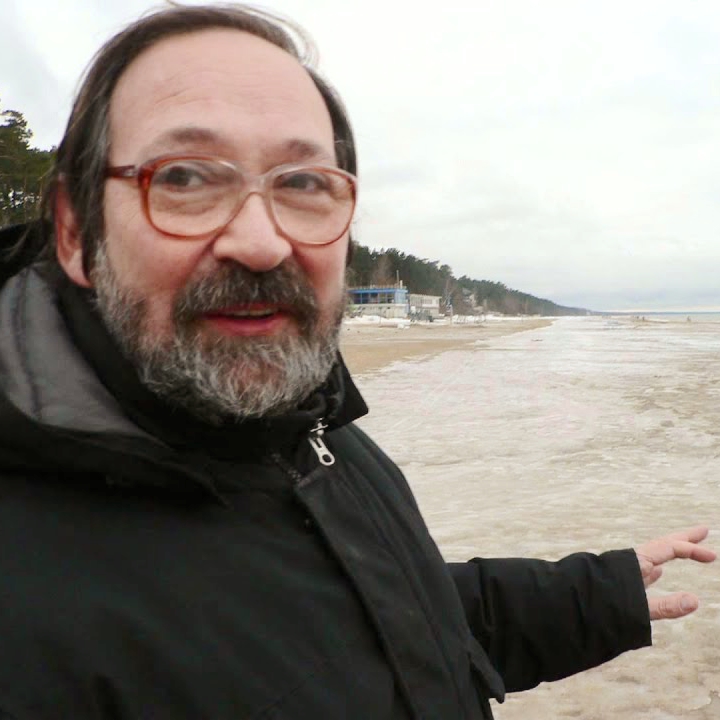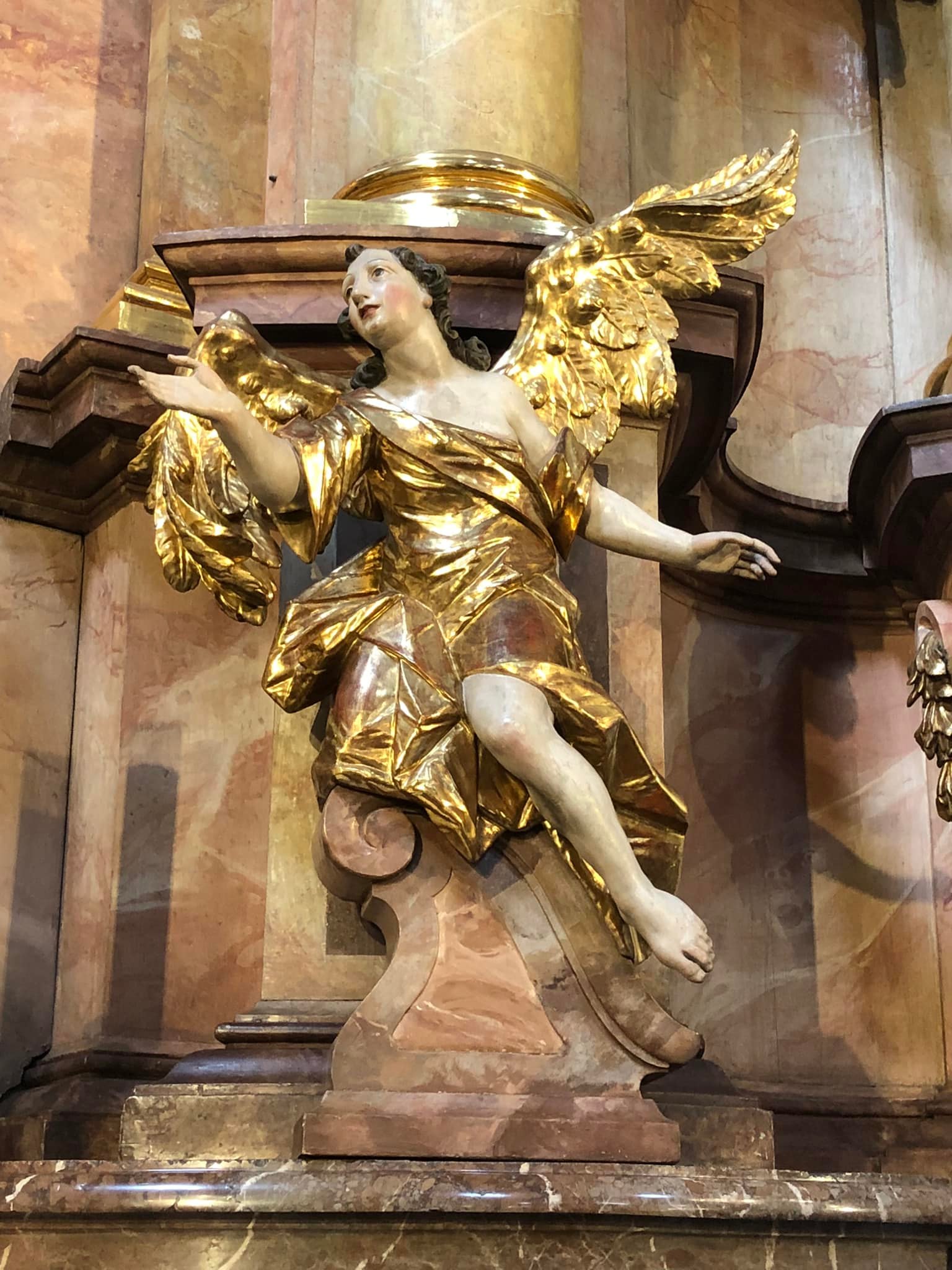About
Georgs Pelecis – Latvia – one of the leading contemporary composers who writes new consonant music with an amazingly clear positive spirit and fresh harmonies. We can hear the reverberations of Renaissance and Baroque music in his compositions mixed with the minimalistic aesthetic. @polinaosetinskaya recorded many of his works and contributed to his popularity.
His suites for piano are real gems! Pelecis’s music, both naive and mysterious in style, also reveals his profound knowledge of the music of past cultures. As he himself says: “My musical language and my style of expression have been influenced by what I have learned and come to love in the music of the past; its melodies, its rhythms and its harmonies, which have evolved from the 14th Century to the present day through the German, Italian, English and French music of the 17th Century. The study of folklore has also deepened my understanding. I do not place great importance on the separation of “ancient” and “contemporary”. For me all great and irresistible music actually represents the glimmer of an ideal and conveys the psychological drama of the human spirit when confronted with this inaccessible ideal.”
Notable works include:
Revelation, Concerto for counter-tenor, piano, and trumpet
Nevertheless, Concerto for violin, piano, and strings
Buena-Riga
The Last Song
Flowering Jasmine, Concerto for violin, vibraphone, and strings
Jack and the Beanstalk, Music for the Roald Dahl fable for symphony orchestra and narrators
Concertino bianco for piano and chamber orchestra
Georgs Pelecis was born in Riga in 1947. He studied composition with Aram Khatchaturian at the Moscow Tchaikowsky Conservatory. Since 1970 he has been teaching polyphony at the Latvian Academy of Music. He was appointed President of the Riga Centre of Early Music.
Moreover he has a vast oeuvre to his credit as an important composer of this century. His musical tonality seems to reverberate with an amazingly clear positive spirit. This very quality, whose genetic ancestry can be found partly in Renaissance and Baroque music and partly in the minimalist aesthetic, brings a spiritual strength to the composer’s creative output and brings to Latvian music a previously unknown, freshly breathing and pulsating activity. Of all the style classifications which the composer himself and musical critics have given to his works, the most precise would be new consonant music, where euphony is the harmonic ideal. The composer as a personality and a creator distances himself from the drama and the duality of the soul. His music cannot be called stylization, although it reveals a deeply understood knowledge of the music of past cultures. Georgs Pelēcis’s musical path became clear at the very beginning, in the 1970s, when similar creative tools among Latvian composers (both the goal of creating new works and the musical lexicon), including the new generation at the time, were non-standard and required an honest defense of the oeuvre’s criteria.
Polina Osentinskaya contributes considerably to the popularity of his works.
Discover more exciting modern piano music with Moving Classics TV.

